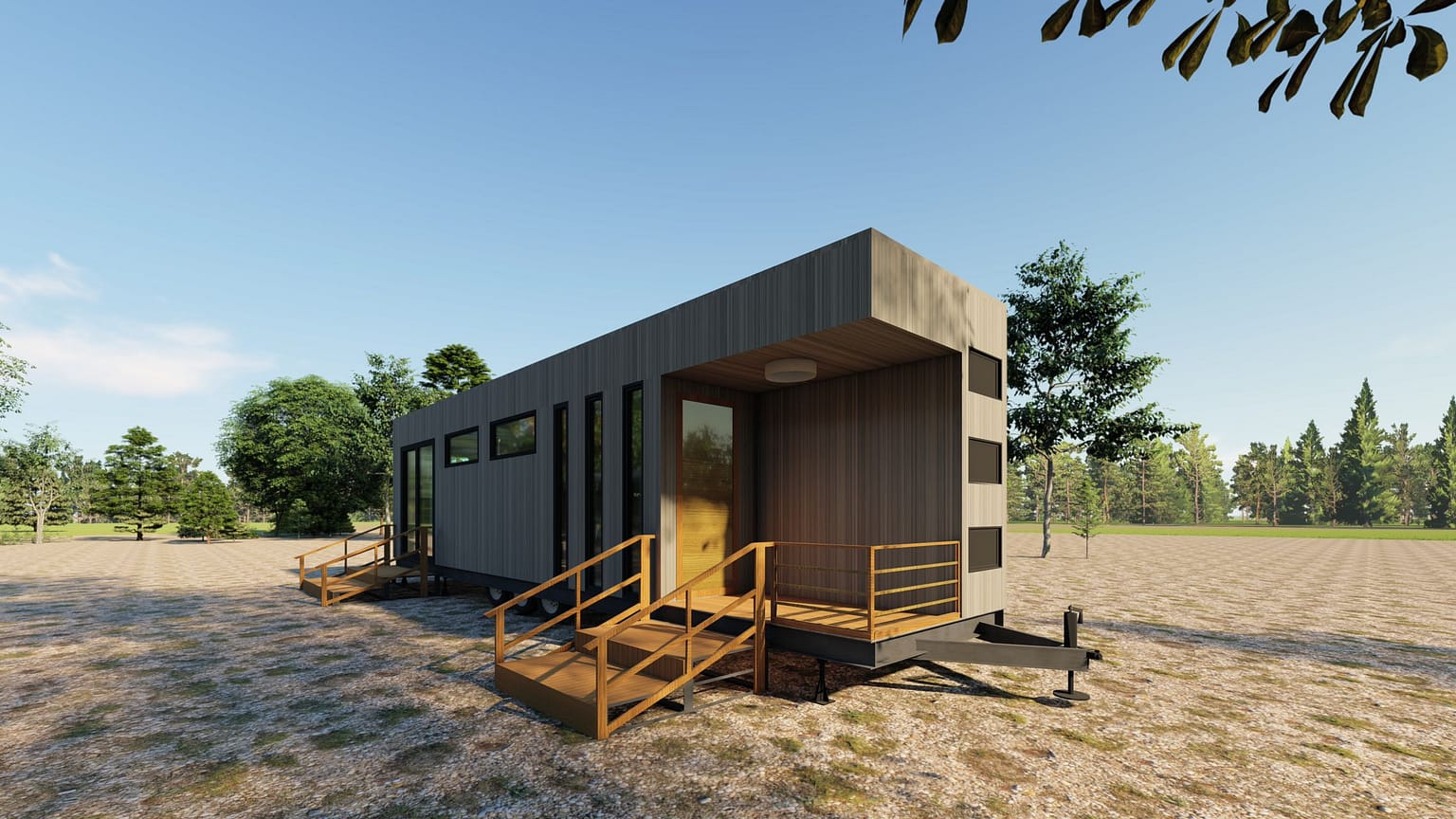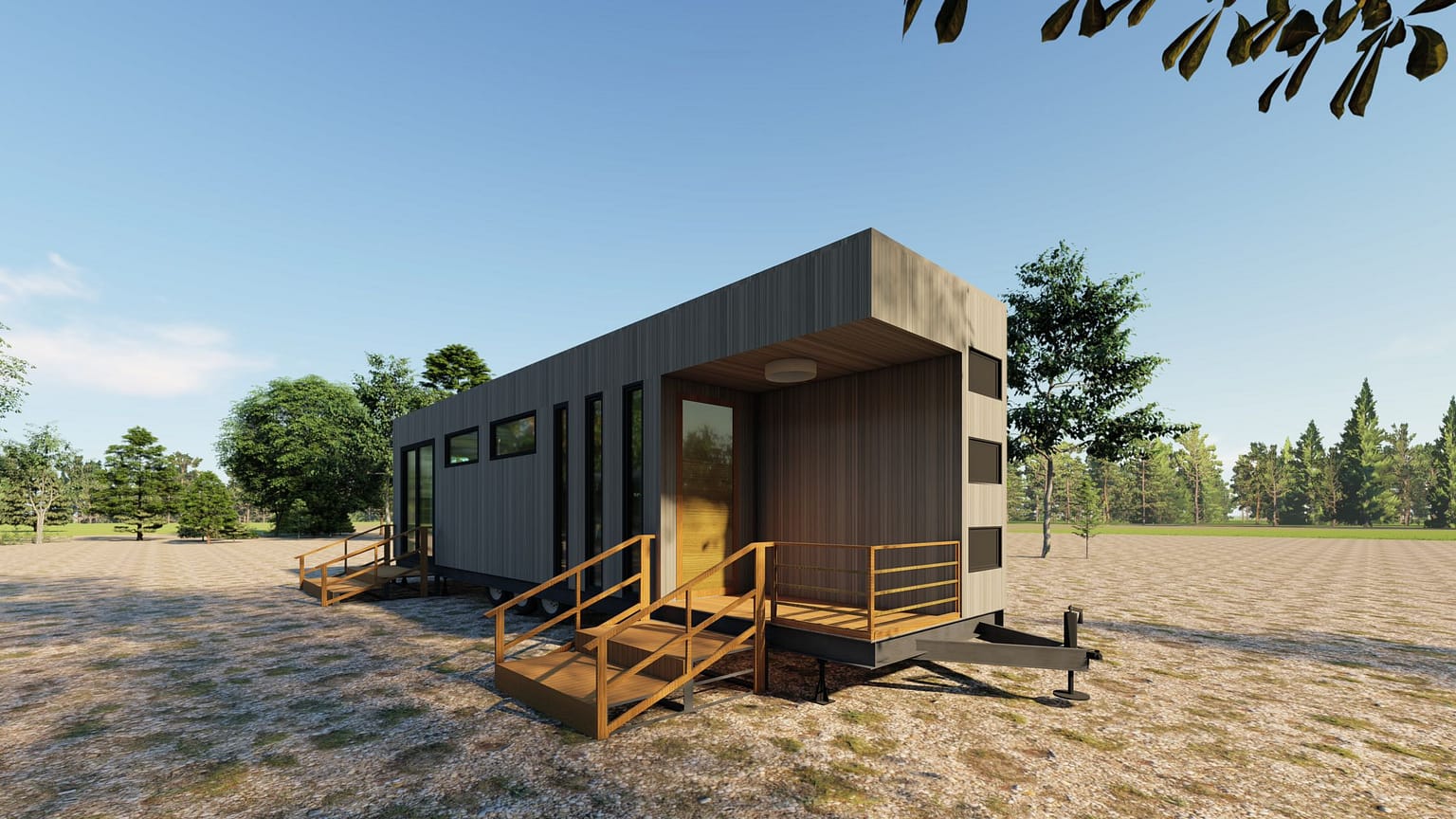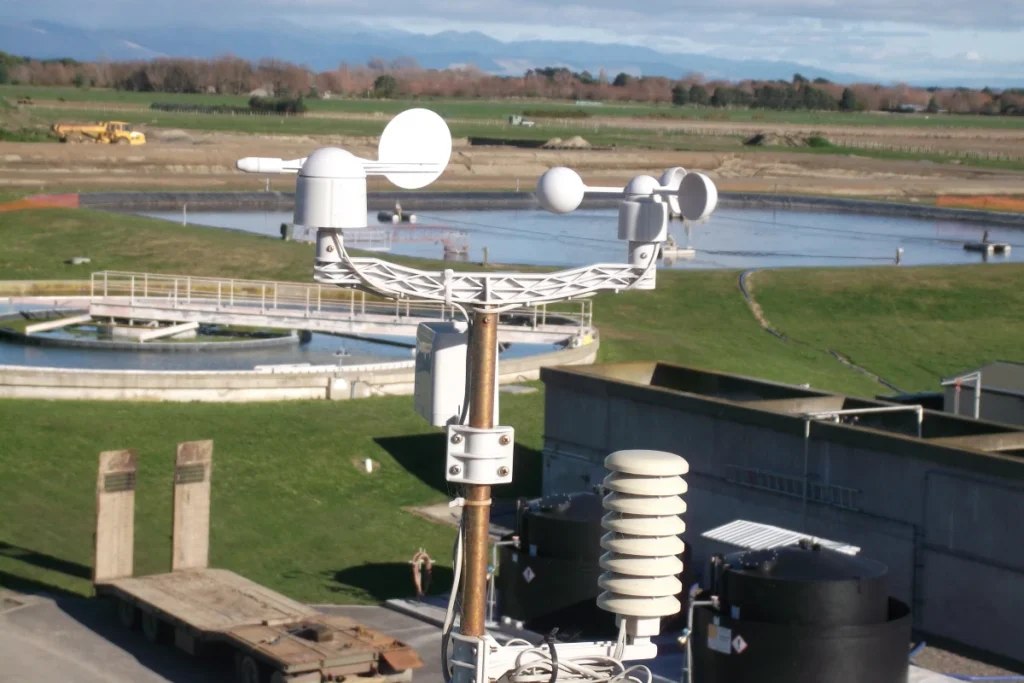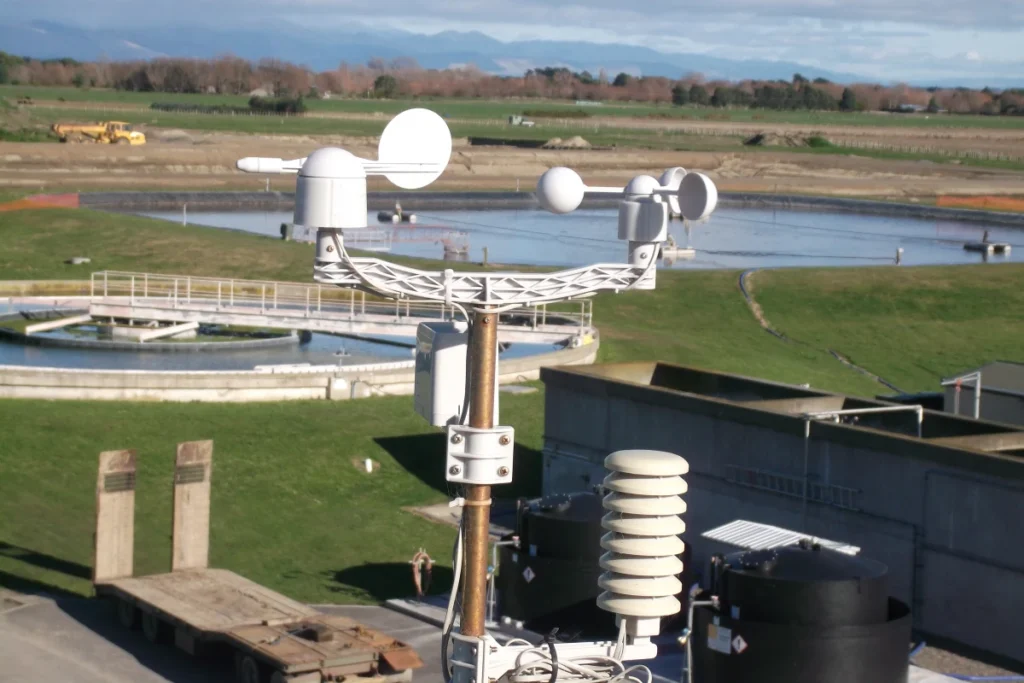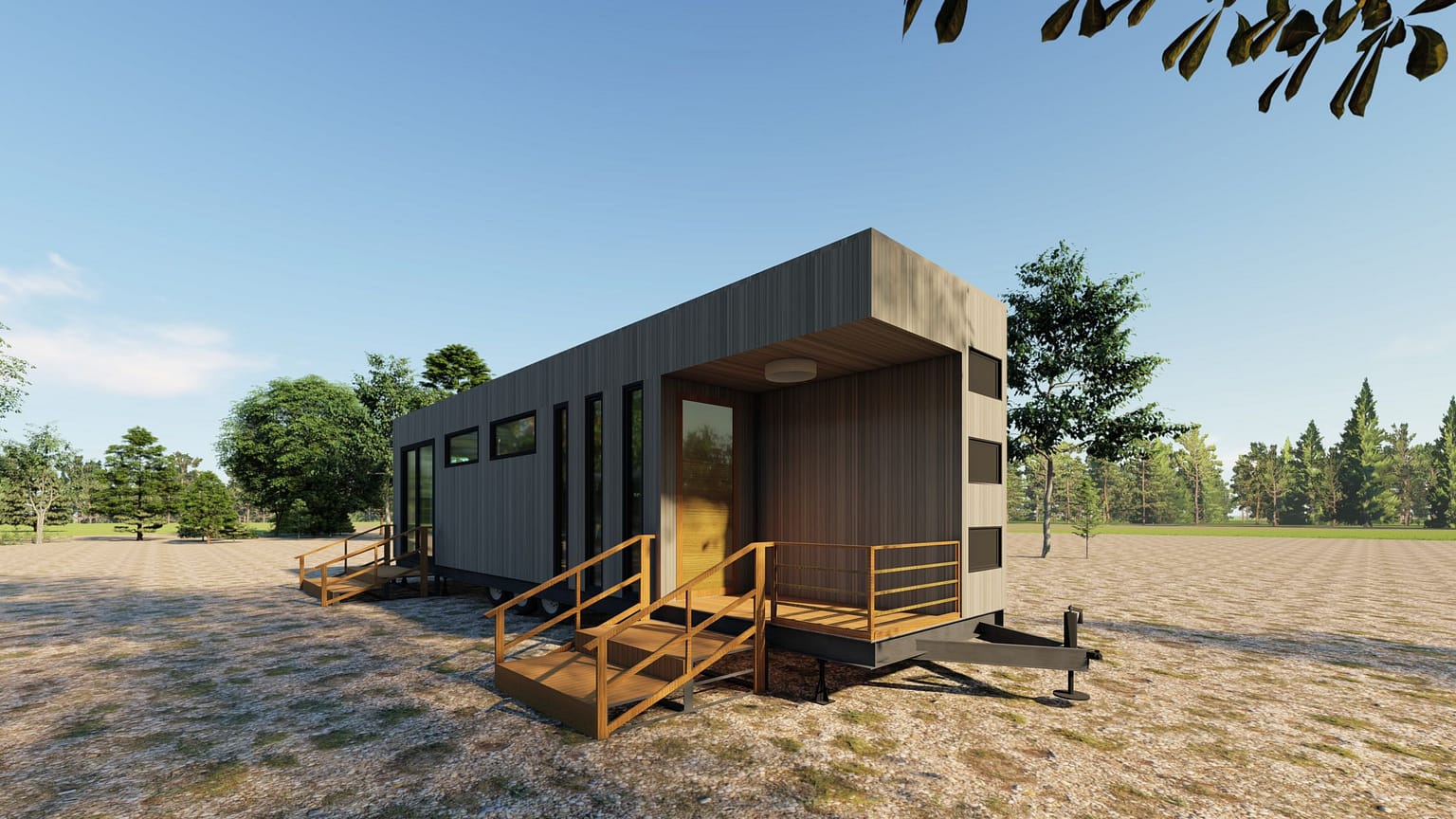Wedding Photography: Capturing Timeless Moments of Love and Celebration
March 17, 2025 | News | No Comments

# Wedding Photography: Capturing Timeless Moments of Love and Celebration
Weddings are one of the most significant milestones in a couple’s life, marking the beginning of a lifelong journey together. Amidst the joy, laughter, and tears, wedding photography plays a crucial role in preserving these precious moments for generations to come. A skilled wedding photographer doesn’t just take pictures; they tell a story—a story of love, commitment, and celebration.
## The Art of Wedding Photography
Wedding photography is more than just capturing posed portraits or candid shots. It’s about understanding the emotions, the atmosphere, and the unique dynamics of each couple. A great wedding photographer knows how to blend into the background while still being present enough to capture every fleeting moment. From the nervous excitement of getting ready to the heartfelt vows and the joyous reception, every detail matters.
### Why Wedding Photography Matters
Memories fade over time, but photographs remain. Wedding photos are not just images; they are tangible reminders of the love and happiness shared on that special day. They allow couples to relive their wedding day, share their story with future generations, and cherish the moments that might otherwise be forgotten. Whether it’s the first look, the exchange of rings, or the first dance, these moments are priceless.
#### Choosing the Right Wedding Photographer
Selecting the right wedding photographer is one of the most important decisions a couple will make. It’s essential to find someone whose style aligns with your vision and who makes you feel comfortable. Look for a photographer with a strong portfolio, positive reviews, and a personality that meshes well with yours. After all, they will be by your side throughout the day, capturing intimate and emotional moments.
##### Trends in Wedding Photography
Wedding photography has evolved over the years, with new trends emerging to reflect changing tastes and technologies. Some popular trends include:
– **Candid and Documentary Style:** Capturing natural, unposed moments that tell the story of the day.
– **Drone Photography:** Offering breathtaking aerial views of the venue and surroundings.
– **Fine Art Photography:** Creating artistic, editorial-style images that feel like works of art.
– **Film Photography:** Bringing a timeless, nostalgic quality to wedding photos.
No matter the trend, the goal remains the same: to capture the essence of the day in a way that feels authentic and meaningful.
###### Tips for a Successful Wedding Photography Experience
To ensure your wedding photos turn out beautifully, consider the following tips:
1. **Communicate Your Vision:** Share your ideas, preferences, and must-have shots with your photographer.
2. **Plan Ahead:** Create a timeline for the day to ensure there’s enough time for photos without feeling rushed.
3. **Trust Your Photographer:** Let them guide you and trust their expertise to capture the best moments.
4. **Be Present:** Focus on enjoying your day, and let the photographer handle the rest.
Wedding photography is an investment in memories that will last a lifetime. By choosing the right photographer and embracing the process, you can ensure that your wedding day is beautifully documented, allowing you to relive the magic for years to come.
Keyword: wedding wedding photography





